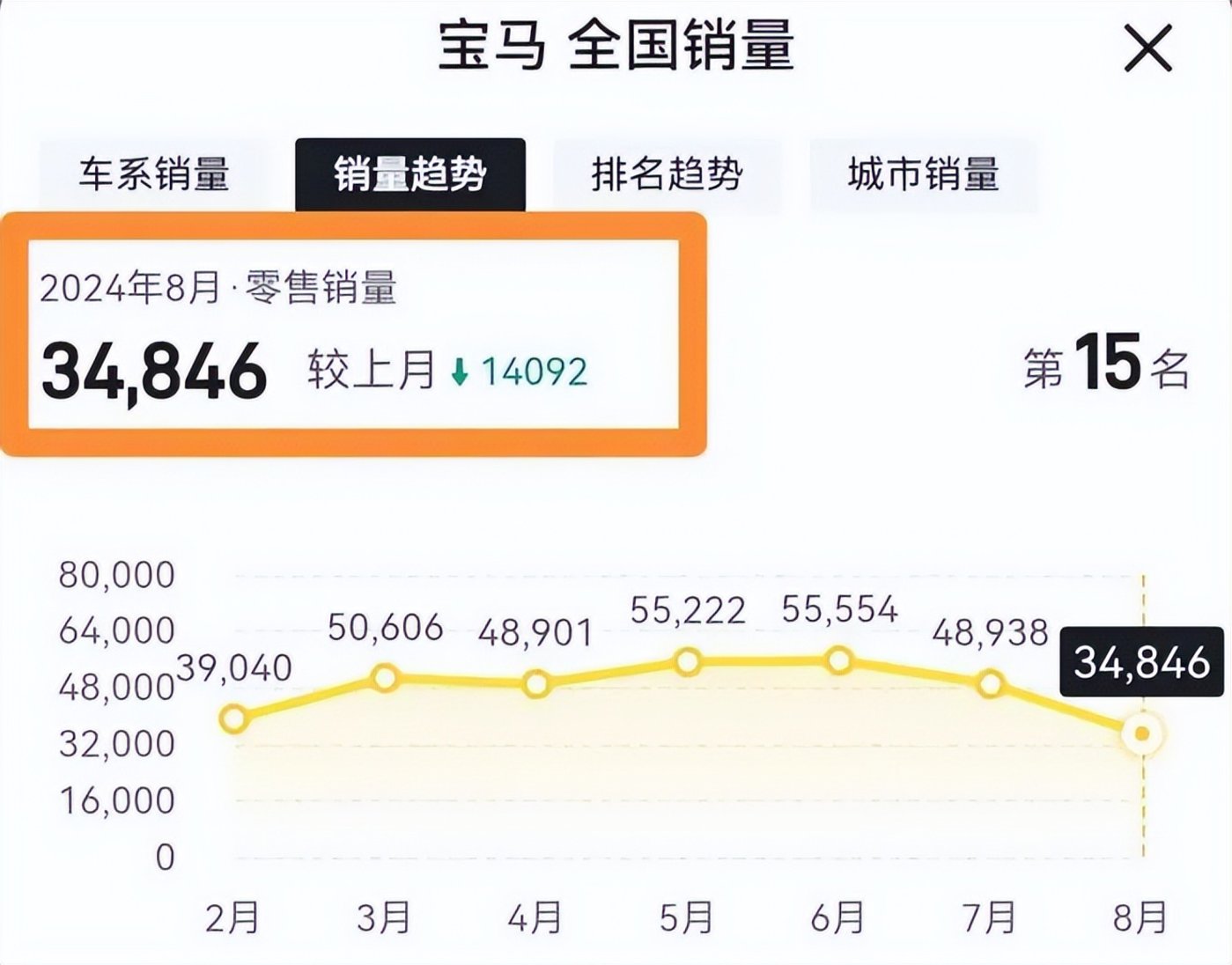
Image generated by AI
TMTPOST -- China is closing in on the U.S. in the AI industry-academia-research race, with new data shedding light on evolving talent flows, publication output, and shifting research focus across the globe』s top innovation hubs.
The Global Artificial Intelligence Research Trends Report (2015–2024) was released on Thursday at the 2025 Global Digital Economy Conference. The report is the first to systematically analyze a decade of AI research using high-quality publication data, co-authored by the United Nations Industrial Development Organization』s Investment and Technology Promotion Office and Dongbi Technology Data Co., includes five rankings spotlighting global AI research talent.
Using Dongbi』s proprietary evaluation system, researchers analyzed 96,961 AI-related papers published over the past ten years. Among the featured talent is Zhang Xiangyu, head of the Foundation Model Group at Megvii Research Institute, known for contributions such as ResNet and ShuffleNet, which have received more than 40,000 Google Scholar citations. Also listed are Huawei researchers Tian Qi, Wang Yunhe, and Xie Lingxi; SenseTime』s Wang Xiaogang and Shi Jianping; NIO』s Ren Shaoqing; and executives from rising AI startups MiniMax and Sand.AI.
The report underscores the influence of Chinese-origin scholars in the U.S. Of the 20 U.S.-based researchers in the global Top 100 list, half are of Chinese descent, including Carnegie Mellon』s Zhu Junyan and Stanford』s Fei-Fei Li. Three of the 11 U.S.-based women in the global Top 100 are Chinese.
Still, China is increasingly attractive to global AI talent. While over 60% to 90% of AI professionals at Google, Microsoft, IBM, Meta, and Amazon remain U.S.-based, China now ranks as the second-largest AI talent hub. Tencent and Alibaba host 94.6% and 90.2% of their AI teams in China, respectively. Microsoft has deployed 714 AI researchers in China, representing 29.0% of its global total.
According to Wu Dengsheng, founder of Dongbi Technology Data and a professor at Shenzhen University, global AI research has progressed through three major phases: initial exploration (2015–2016), rapid deep learning adoption (2017–2019), and mature engineering implementation (2020–2023), with early signs of specialization emerging in 2024.
The number of AI papers dipped from 4,421 in 2015 to 3,628 in 2016 before jumping past 10,000 in 2019. Deep learning drove the shift from theory to application, peaking with 17,074 papers published in 2023. In 2024, output fell to 14,786, signaling a pivot to targeted innovation rather than broad experimentation.
Technologically, research emphasis has shifted from traditional algorithms (2015–2017) to deep learning and NLP (2018–2020), then to large models and multimodal AI (2021–2023). New frontiers like explainable AI, adaptive learning, and multi-agent systems are now emerging.
The U.S. and China dominate AI research. In the Global Top 100 AI Institutions list, China claims 38 entries and the U.S. 35. The Chinese Academy of Sciences leads domestically, followed by Tsinghua and Peking universities. Yet, U.S. institutions maintain the global lead with 35,117 papers and over 2.28 million citations—compared to China』s 31,694 papers and 949,000 citations.
From 2015 to 2024, China』s AI research workforce expanded from under 10,000 to 52,000, led by the Chinese Academy of Sciences (3,453), Tsinghua (2,667), and Peking University (2,123). Tencent (992) and Alibaba (633) surpass many universities in researcher headcount.
The U.S., with over 63,000 AI researchers, continues to outpace China. Stanford and MIT host 2,385 and 2,191 researchers, respectively, while Google and Microsoft employ 2,569 and 2,461, underscoring the synergy between academia and industry.
China』s 53,000-strong talent pool is catching up not only in size but in depth, Wu noted. But disparities persist in productivity. The three U.S. tech giants—Google, Microsoft, and Meta—have published 5,896 AI papers, 1.8 times more than Tencent, Alibaba, and Huawei combined. On average, U.S. corporate papers receive 63.3 citations, 15% more than China』s 55.
U.S. firms authored 10,330 AI papers in the last decade, compared to 5,748 by Chinese companies. U.S. firms also averaged 543 papers each—again 1.8 times higher than China』s 302, highlighting a persistent R&D intensity gap.
Among companies, Google alone published 2,895 papers, more than Tencent and Alibaba combined. The findings reflect long-term investment by U.S. firms in foundational areas like machine learning and NLP.
Wu also pointed to a talent mobility gap: while 37% of Carnegie Mellon researchers have industry ties, fewer than 15% of Chinese university researchers do, signaling an 「invisible wall」 between academia and enterprise.
U.S. AI research continues to focus on theory, innovation, and ethics—including AI safety and privacy—while China』s strengths lie in practical fields like computer vision, knowledge graphs, and NLP. China leads in vision and graph-related papers, publishing 40.8% and 50.1% more than the U.S. in those areas, respectively.
Chinese tech firms also excel in recommendation systems, fintech, and autonomous driving. Although late to areas like edge computing, they are catching up quickly.
The report reveals a stark gender imbalance. Globally, women represent 20.1% of AI talent—but in China, the figure is just 9.3%, less than half that of the U.S. Women account for just 7.88% of AI talent at Tsinghua and 9.18% at Peking University. U.S. institutions fare better: Stanford and MIT count 25–30% female representation.
The gender disparity is even more pronounced in industry. Chinese companies report just 6.1% women in AI teams, compared to 18.7% at Google and Microsoft. Globally, Singapore leads with 36.6%, followed by Australia and South Korea.
The report cites cultural norms, academic evaluation bias, and the intense nature of R&D work as key factors. Yet progress is visible at inclusive institutions like Xidian University and Sichuan University, and at the University of Hong Kong, where international culture promotes equality.
A heatmap of global AI talent shows a growing Asia-Pacific footprint. Beijing, Hong Kong, Shanghai, Shenzhen, Singapore, and Seoul are emerging as major innovation hubs. New York, Silicon Valley, and Boston remain dominant in the U.S., while London and Zurich lead in Europe.
At the national level, the U.S. still commands a dominant position. Between 60% and 90% of AI talent at leading American firms are U.S.-based. But China is gaining traction. Microsoft, for instance, has deployed nearly 30% of its AI workforce to China.
Keyword analysis reveals the trajectory of core technologies. Deep learning remains the dominant force, growing 84-fold from 2015 to 2023. But growth slowed to 30% in 2024—its lowest in a decade—suggesting the scaling model is reaching its limits.
「Object detection」 tops the list in computer vision, while 「semantic segmentation」 was the standout term in 2022–2023, completing the application loop from detection to deployment.
Reinforcement learning remains active with 12% annual growth, while interest in 「semantics」 surged 45% since 2022, hinting at a new wave of cognitive intelligence research.
Meanwhile, keywords like 「Transformers」 exploded post-2022, reshaping NLP and multimodal AI. Engineering-focused terms such as 「feature extraction」 and 「optimization」 have trended up since 2020, signaling a transition from novel algorithms to implementation and scalability.
The report also notes the convergence of previously siloed domains. Terms like 「object detection」 and 「segmentation」 now rise in tandem with 「neural networks」 and 「deep learning,」 underscoring a broader shift: isolated exploration is giving way to integrated, system-level AI research.




























